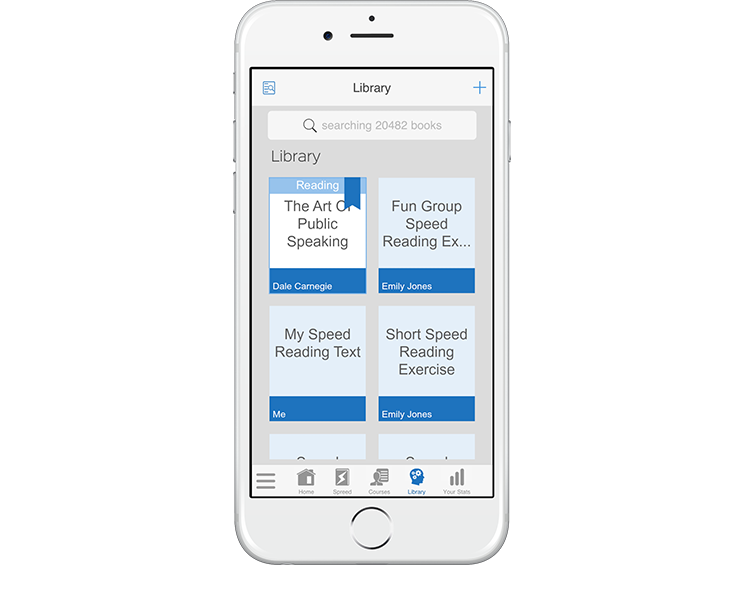

Increase your speed without compromising on comprehension While you want to improve the pace at which you read, if you are learning important information for an exam or as a work requirement, then you don’t miss vital information. The key is to consider whether you simply want to take in a large volume of information with potentially a lesser degree of understanding, or do you need to read a lot in more depth, but you want to speed up the process. If you are interested in improving the speed at which you read and the amount of information you take in when reading, then there are some speed reading techniques that are more suitable than others.
#SPREEDER CX EPUB PROBLEM HOW TO#
Maybe there can be another, subtle visual distinction, such as the use of shadows.Speed reading is a tool that teaches you how to read faster and retain information. It makes the UI look cluttered and just plain ugly. I agree that there’s a problem here, but I don’t want every single UI element to be scarred by these Force Decorators. However, my non-designer, hyperbolic opinion is that this looks like crap. The Apple blogosphere seems to be in love with this. Let’s call them Force Decorators (with reference to Force Touch).

My solution is adding a line on bottom-right of things that can be 3D Touched. Why would they? Even tech-savvy users don’t know which buttons offer 3D touch. It’s been almost 4 years since its first introduction, yet people don’t know/use 3D Touch. Apple introduced 3D Touch and its new related interactions Peek and Pop in 2014.


3D Touch is broken! The user experience is far from great. She proposes that a UI indicator should be added to each 3D Touch-able element so people know exactly which elements can be 3D Touched. Until then, I’m quietly hopeful I won’t hurt my knee any more.Īn article making the rounds over the weekend is from designer Eliz Kılıç, who wrote about how Apple can fix 3D Touch. While the idea and set-up looks promising, we’ll have to wait until we have the physical copies in our hands, or, you know, in our shoes, before we can see how it works in reality. It’s vital to remember this is just on paper though. It has more sensors, is cheaper than Arion, and is more self-contained, as it doesn’t need anything hooking over your shoe. There are other running products out there – the Lumo Run or Arion, which is another insole tracker, for example – but Runvi, on the surface at least, appears to be superior. This acts as the brain, and powers the sensors, as well as logging and storing data before sending it to your phone. These AI shoes are connected by something called the Core, which is a part of the insole you can remove. It’s on Kickstarter right now, consisting of two insoles, and it wants to be your AI-powered running coach by analyzing the way you move. Writing for Techcrunch, Callum Booth talks about a device called Runvi. The move to help users create healthy habits with their devices is an example of competition making products better. The feature fight between these two tech rivals benefits everyone. With few exceptions, when a product harms people, consumers tend to use it less often or find better alternatives. He says that Apple and Google don’t want you to get addicted, but instead form a healthy relationship with your devices.Īs they often do with successful apps built on their platforms, Apple and Google took note of what consumers wanted and decided to incorporate these features as standard…They also went beyond what app makers can do by adding features only the operating system makers can offer, like batch notifications to reduce the frequency of intraday interruptions and the ability to put the phone in “shush” mode by flipping it over. Eyal studied the psychological techniques that companies use to get people hooked, and he wrote a book too. Writing for Quartz, Nir Eyal opines on the reason why Apple made Screen Time on iOS 12, as well as Google’s Digital Health platform.


 0 kommentar(er)
0 kommentar(er)
